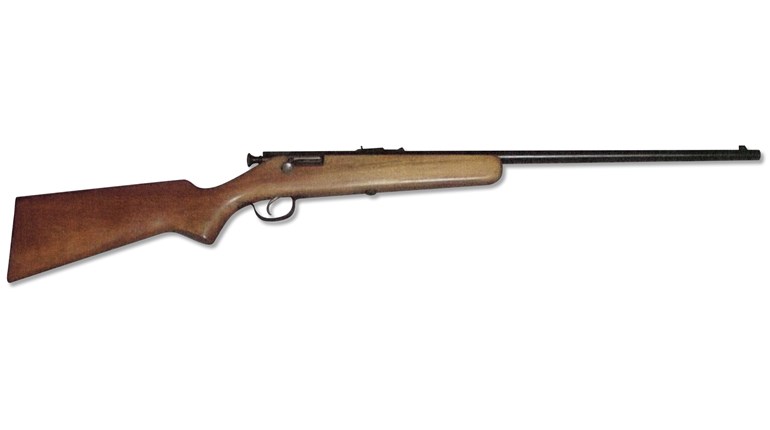
From studying history, we know that the gunfighters of the Old West usually used a point-shooting technique in their fights. That is, they raised the handgun to eye level and looked across the top of it, only referring to the sights if they were shooting at longer distances. Other popular terms for this defensive shooting method, hip shooting, instinctive shooting and shooting from retention, are not really descriptive. Hip shooting is only one type of point shooting. And there is nothing instinctive about shooting a gun; it is a technique that must be learned.
Of course, the biggest problem facing the gunfighters of the Old West was that there was no Thunder Ranch or Gunsite Academy to teach them how to do it. The ones who were lucky, quick and able to figure it out were the survivors. The rest just became a slightly perforated footnote to history. Schools that taught one how to fight with a handgun didn't come along until the early 20th century.
Probably the first of these was the training that William Fairbairn (1885-1960) instigated for the Shanghai police. Fairbairn taught his men to crouch and to extend their shooting arm towards the threat, looking over the top of the gun. If a threat appeared from another direction, the shooter moved his whole body to engage the new target, aiming with the whole body.
With the beginning of WWII, Col. Rex Applegate (1914-1998) was tasked with getting the operatives of the OSS (the forerunner of the CIA) up to shooting speed as quickly as they could be taught. A disciple of Fairbairn's, Applegate taught a similar technique. D.A.”Jelly” Bryce (1906-1974) was an Oklahoma lawman who became an FBI agent in the 1930s. Bryce was known to be quite good with a handgun and had been in several gunfights. He was so good, in fact, that he was picked as one of the FBI's firearms instructors. Bryce taught a very deep crouch, with the elbow bent quite a bit, and the handgun held well below eye level. He was also quite a showman and went on to perform shooting exhibitions all over the country.
The final member of the point-shooting elite was a border patrolman and WWII combat Marine named Bill Jordan (1911-1997). Bill preferred to stand erect and to move only his shoulder and arm when making his draw. He fired his shot as soon as the gun barrel cleared the holster for close-range threats. But he would also push the gun farther out when the target was farther from him. Bill also went on to please many an audience with his humor and his quick shooting. Today, of course, point shooting has taken a back seat to other defensive-shooting techniques. Defensive shooters are admonished to use both hands on the gun and to look at their sights, at least the front sight, as they press the trigger. However, we should not be so quick to dismiss this technique used by known gunfighters.
If the shooter has time to get both hands on the pistol, and is able to extend it at arm's length, it is an excellent idea to use the sights in delivering the defensive shot. However, when the threat is so close that extending the arm is not advisable, the defensive shooter could benefit from the ability to point shoot. And at these close distances, the support hand and arm may be busy fending off the rapidly approaching threat. One should always keep in mind that, the closer the threat, the more danger is involved, and the greater need for a quick hit to the Vital Zone.
Point shooting is not instinctive. Like any other shooting technique, it must be learned and practiced regularly. But it can be learned, and it can save lives. If one has limited practice time, it is probably best to use two hands and focus on the front sight. If the time allowance is a little more liberal, then by all means have a go at point shooting.
One final word, though; point shooting and the fast draw that goes with it cannot be learned in just a few sessions. Trying to be too fast, too quick, can lead to unwanted bullet holes in your body. Go slow, work for smoothness and accuracy. Point shooting may just be the skill that saves you from the vicious, in-your-face attack, that everyone dreads.





































